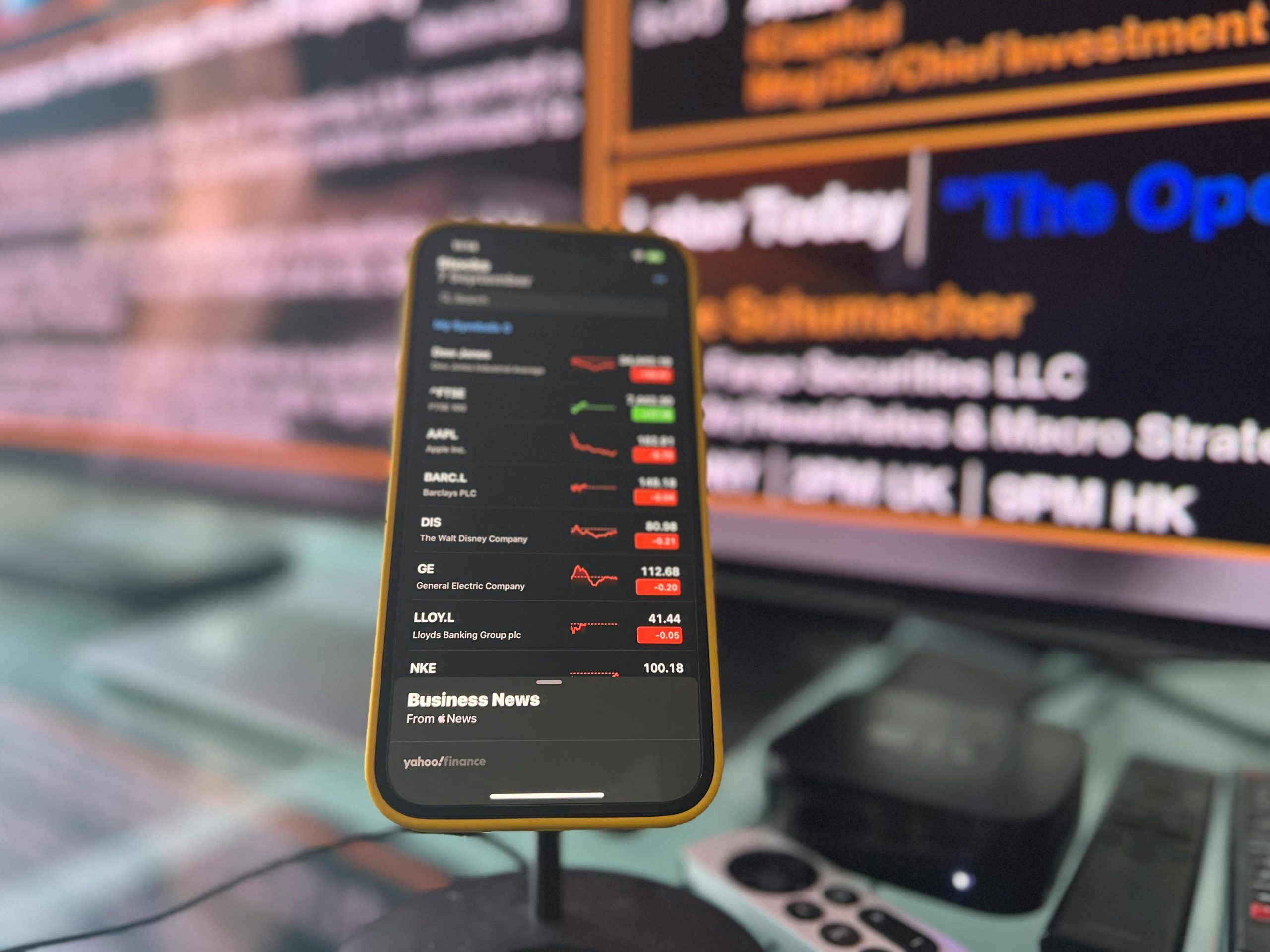The reasons behind people’s frustrations with AI are quite apparent.
Title: Rethinking AI: From Market Hype to Practical Automation
In today’s landscape, it’s no surprise that public perception of artificial intelligence often feels underwhelming. Much of the current discourse is influenced by aggressive marketing from tech entrepreneurs eager to sell shiny, vague solutions—what some might call superficial fix-alls—often disregarding whether these tools address genuine needs.
The reality is far more nuanced. Behind the scenes, skilled developers and automation enthusiasts are harnessing AI to craft bespoke solutions that make their workflows more efficient. These implementations vary widely and aren’t easily interchangeable, making it clear that we’re unlikely to see a single, universal AI solution that fits all purposes in the near future.
Contrary to popular narratives, the real breakthrough isn’t about AI replacing entire jobs outright. Rather, it’s about automating the process of automation itself—streamlining workflows through layered, interconnected tasks. Typically, automating a single task involves a sequence of steps—perhaps five or fewer—that may include loops and rely on memory systems and multiple API integrations.
While this may sound straightforward, building effective automation is inherently complex. It requires meticulously designed prompts, correct sequencing, structured memory management, and seamless API interactions. To accomplish this, multiple AI agents are often necessary: one to generate prompts, another to construct system architecture—including memory integration—and a third to handle API calls and data transfer.
Fortunately, many of these capabilities already exist today. AI models have been capable of generating their own prompts for quite some time. Notably, the 2023 research paper https://arxiv.org/abs/2310.08101 demonstrates this potential. Additionally, innovations like the MCP protocol provide a direct interface for instructing language models within a unified API, simplifying complex workflows.
Moreover, recent developments in tools like AgentForm—featuring YAML-defined architectures—enable AI systems to autonomously design entire automation pipelines from scratch, orchestrating prompts, managing memory, and executing tasks without additional coding.
All signs point to an imminent shift: a future where the last significant task we need to automate is the process of automation itself. While this challenge isn’t trivial, progress is advancing rapidly, bringing us closer to truly intelligent and adaptable automation systems.
As the technology continues to evolve, patience and strategic utilization will be key. The era of fully automated workflows is on the horizon—marking a transformative step forward in the way we work with AI.














Post Comment